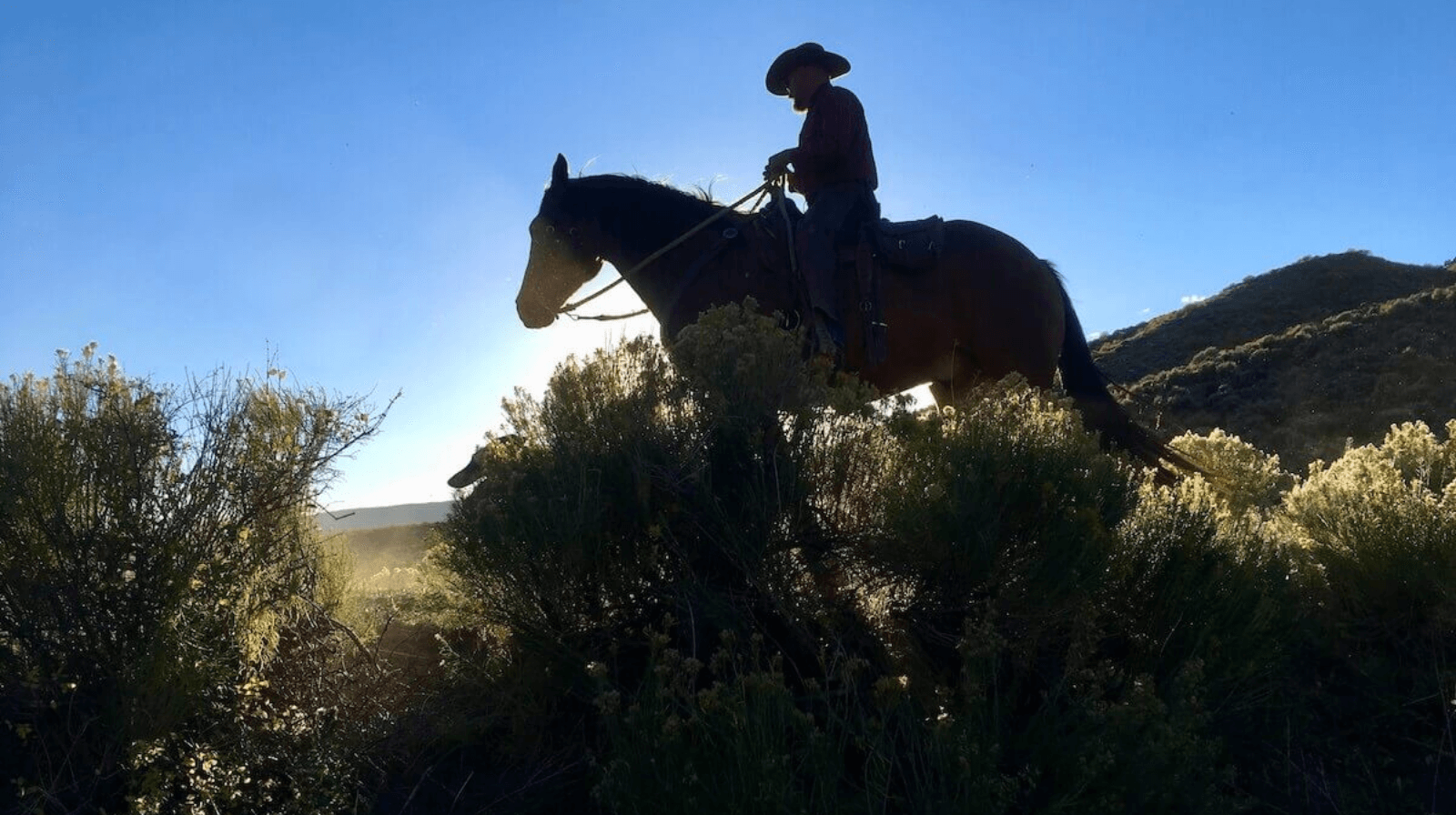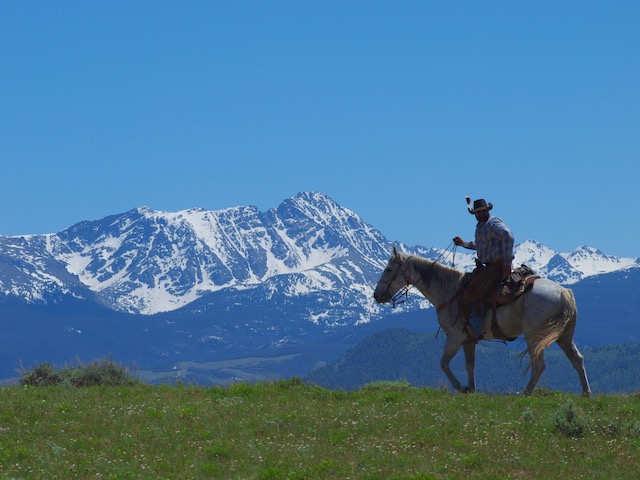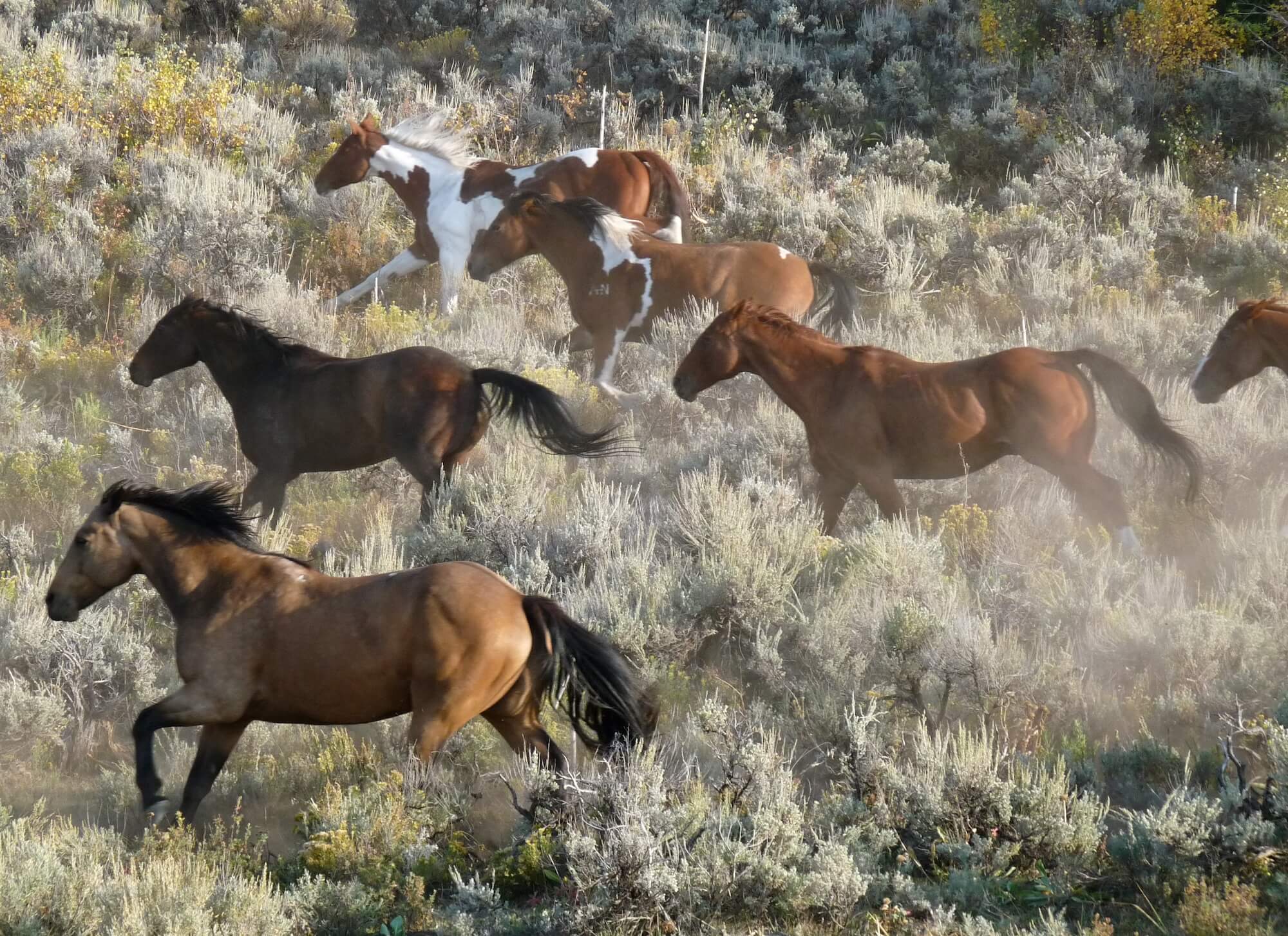
Unlock the Secret Trails: Rusty Spurr Ranch’s Off-Trail Rides Are Colorado’s Best-Kept Secret!
As dawn creeps over the Colorado landscape, the world transforms into a canvas of soft blues and pinks, painting a backdrop for an adventure that stirs the heart. With wilderness waking, you mount your horse and feel the steady rhythm of its breathing sync with the anticipation of the ride ahead. With each step away from the familiar trails, you venture into a realm where the only path is the one you create. Around you, the untouched terrains whisper tales of the wild, beckoning you to leave the predictable behind and embrace the essence of discovery.
Off-trail riding is a dance between rider and terrain, an experience far removed from a traditional trail ride. It’s an opportunity to forge a deeper connection with your horse as you navigate through aspen groves and across streams. With off-trail horseback riding, you are not just a spectator to nature’s majesty. Instead, you are an active participant, a fellow traveler on a journey that promises the allure of the untamed. Here, each turn reveals a new vista, each mountaintop offers a new horizon, and the thrill of exploration pulses with every hoof beat. This is the heart of off-trail riding—an adventure that begins with a single step into the unknown.

A rider explores the majestic landscape at the Rusty Spurr Ranch.
1. The Essence of Off-Trail Riding
Freedom on Four Hooves
Off-trail riding isn’t just about leaving the beaten path—it’s about embracing the spirit of the West that Colorado embodies. When you step off the well-worn trails, you step into a world guided by your instincts and the lay of the land. Here, freedom is measured in uncounted miles, with the earth’s natural contours dictating your course. Your trusty horse becomes a partner in the truest sense, responding to your cues and contributing its own understanding of the land to guide you.
Non-Nose-to-Tail Riding
The real joy of off-trail riding at Rusty Spurr Ranch comes from the non-nose-to-tail approach. Unlike traditional rides where horses follow one after another in a line, off-trail riding allows for personal space and individual exploration. It means you can choose to meander along a ridge or to navigate carefully through the forest, every sense attuned to the rustle of aspen leaves and the scent of pine. It’s about finding your own pace and path, guided by the quiet confidence of your horse and the knowledge that every ride is a unique journey. The kind of experiences you’ll find here are unique passages through nature’s beauty.
2. Navigating the Wilderness
Understanding the Terrain
Navigating the wilderness on horseback is about engaging with the environment in its purest form. The terrain is a mosaic of ecosystems, each with its character and challenge. Within the span of a ride, you may traverse dense forests with tight turns and narrow openings between trees. The tranquility here is profound, the air cool and rich with the scent of moss and earth.
Transitioning from the sheltered groves, the landscape opens up to sprawling meadows. Here, the ground feels more firm underfoot, a wide-open expanse inviting a brisk walk. The grasses whisper as your horse moves through them, and the sky appears even broader. These are the places where you can look across vast distances and possibly see herds of deer bounding away, their white tails flickering as they go.
As you approach hills, the climb calls for a different rhythm, a syncopated beat between you and your horse. There is a mutual understanding—a shared effort—as the ascent begins. At the summit, the reward is a view that stretches for miles. You can see valleys dotted with distant hay meadows, rivers threading through the land, and the silhouette of the Continental Divide that promise adventure. Here, the terrain tells stories of geological time, and you’re part of its latest chapter.
The land’s topography demands attention. On your journey, you’ll encounter various trails, some meandering gently, others cutting sharply through the terrain. Rocks can protrude and fallen logs are obstacles that require careful negotiation. Each feature of the land, from soft soil to jagged stone, informs how you ride. It’s a lesson in adaptability, in reading the signs nature offers, and responding with respect and care.
Safety and Skills
When riding off-trail, looking ahead is more than a suggestion—it’s a necessity. Planning your path allows you to anticipate changes in the terrain and guide your horse accordingly. Keep a safe distance between horses to avoid startling one another and to give each rider the space to navigate independently.
Listening to your guide is invaluable. Their experience is your map and compass combined. They know the land’s moods, the way trails can shift with the weather, and how wildlife might influence your route. Their instructions are the difference between a ride and a journey.
Staying calm is an essential skill. Horses sense our emotions, and your calm is their confidence. If an unexpected situation arises, a deep breath and a steady hand are your best tools. Conveying reassurance and leadership to your horse will make any challenge surmountable.
The trails of the wilderness are paths to an understanding—of nature, of horses, and of ourselves. As you navigate this terrain, carry with you the knowledge that every ride is an education, and every trail can lead to discovery.
For further information on navigating the terrain with safety in mind, consider reading more from Unified Horse, which offers a variety of articles on horseback riding safety and tips.



